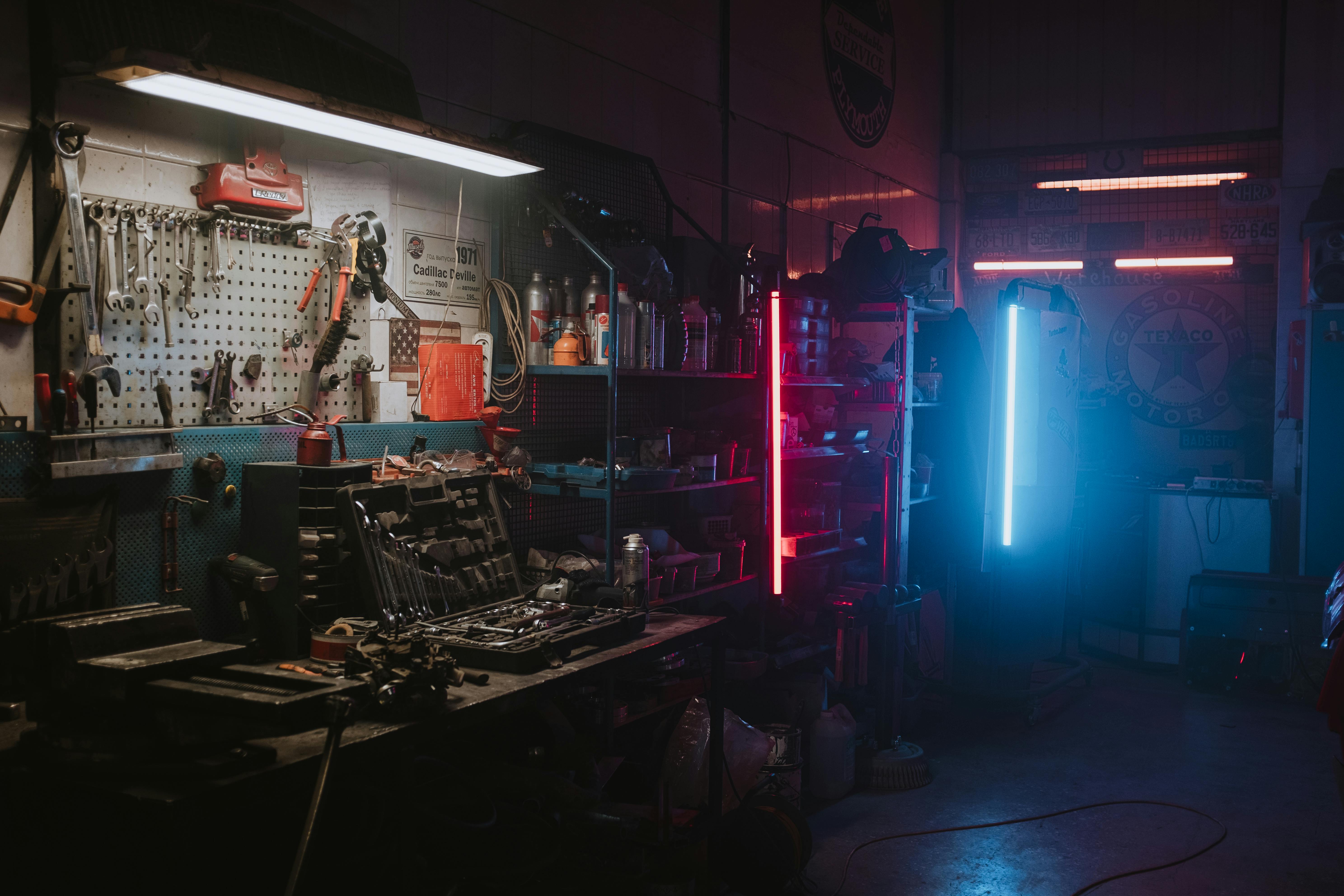Welcome to the exciting world of radio control! This comprehensive guide will introduce you to the basic concepts and components of RC systems, helping you get started with confidence.
Understanding RC Systems

Basic components of an RC system
An RC system consists of several key components:
- Transmitter: The handheld controller you use to control your model
- Receiver: Receives signals from the transmitter and controls servos/motors
- Servos: Convert electrical signals into mechanical movement
- Battery: Provides power to the system
- ESC (Electronic Speed Controller): Controls electric motor speed
Choosing Your First RC Model

Popular beginner-friendly RC models
When starting out, consider these factors:
- Durability and repairability
- Availability of spare parts
- Skill level requirements
- Local support and community
- Budget for both initial purchase and maintenance
Beginner's Tip
Start with a ready-to-run (RTR) model. These come complete with everything you need to get started and are typically set up for beginners.
Basic Controls and Operation
Transmitter Controls
- Throttle control
- Steering/directional control
- Trim adjustments
- Channel assignments

Basic transmitter control layout
Safety Considerations
- Always perform a range check before flying/driving
- Check all controls are working correctly
- Be aware of your surroundings
- Follow local regulations and guidelines
Essential Maintenance

Regular maintenance is key to reliability
Regular Checks
- Battery voltage and condition
- Mechanical connections and linkages
- Receiver antenna condition
- Servo operation
Maintenance Tip
Create a pre-run checklist to ensure you don't miss any important safety checks before operating your RC model.
Common Terminology
Understanding these common terms will help you navigate the RC hobby:
- BEC (Battery Elimination Circuit): Provides power to the receiver and servos
- Binding: Process of linking transmitter and receiver
- Failsafe: Safety feature that sets servo positions if signal is lost
- Trim: Fine adjustment of neutral positions
- Dual Rates: Adjustable control sensitivity
Getting Started Steps
- Research and choose your first RC model
- Learn basic maintenance and safety procedures
- Join a local RC club or community
- Practice in a safe, open area
- Gradually advance to more complex models
Learning Tip
Many RC clubs offer training programs for beginners. This is an excellent way to learn proper techniques and avoid common mistakes.
Resources for Learning
- Local RC clubs and hobby shops
- Online forums and communities
- YouTube tutorials and reviews
- RC magazines and websites
Conclusion
Getting started in RC can seem overwhelming, but with the right knowledge and approach, it's an incredibly rewarding hobby. Take your time to learn the basics, don't be afraid to ask questions, and most importantly, have fun!
Remember that everyone starts as a beginner, and the RC community is generally very welcoming and helpful to newcomers. Focus on learning the fundamentals, and you'll be well on your way to enjoying this exciting hobby.




